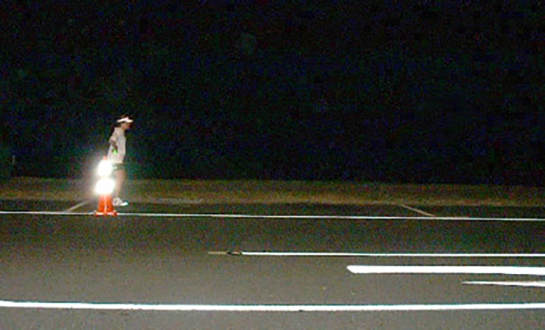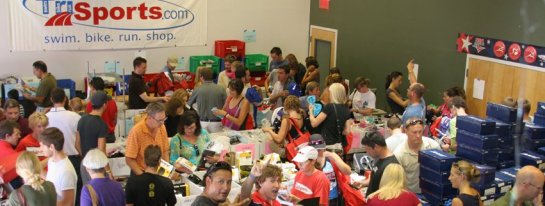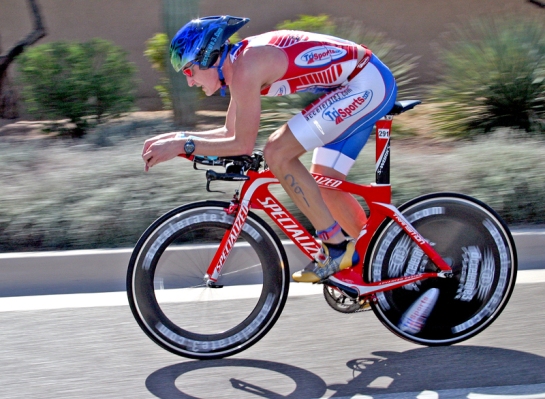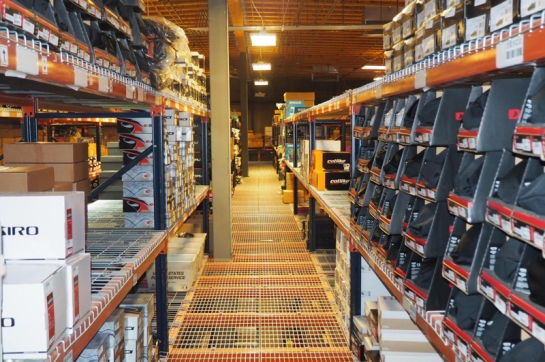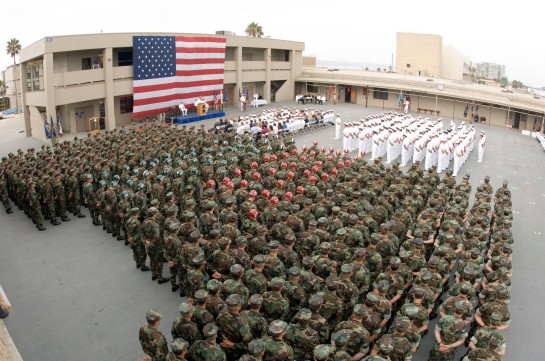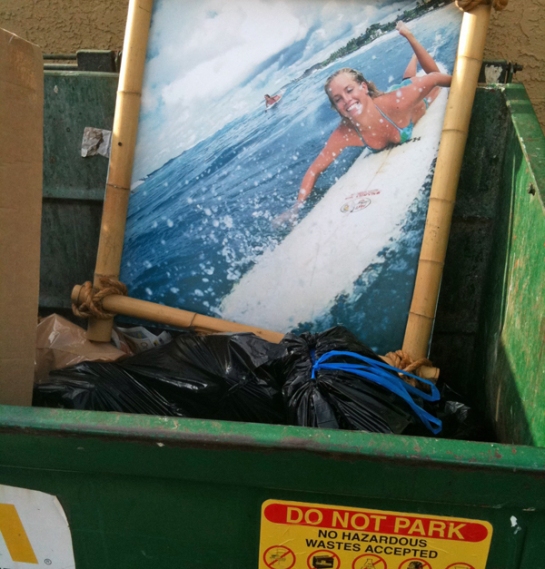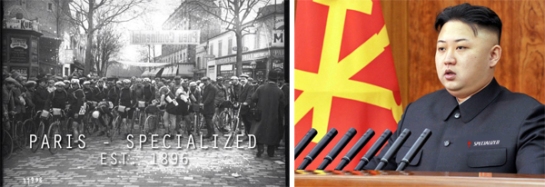By Tom Demerly for tomdemerly.com
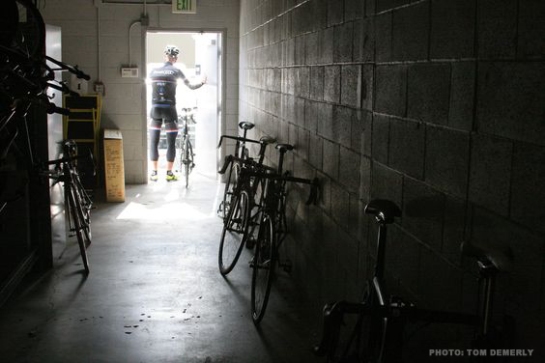
Two bicycle specialty stores closed in Metro Detroit this year. Three more suddenly changed “ownership” in November on their way to eventual closure.
On the national scale, Advanced Sport Enterprises, parent company to Performance Bicycle and Bike Nashbar, filed Chapter 11 bankruptcy last month.
After decades of failure to adapt, Southeastern Michigan bicycle retail is in a brutal phase of enforced transition. Despite an overall economic boom many bike shops are a bust. Southeastern Michigan bike store closures and hasty ownership spin-offs that precede further closings confirm that.
The questions are; how did this happen; how can it be avoided and what will the industry look like once the rules of business exact their toll?
Like most significant shifts in business there is no singular cause. A conspiracy of factors combines to weigh heavily on traditional bicycle retail. The reality that the industry has ignored these factors for so long manifests itself in this crisis.
Not every bicycle retailer is in crisis though, and some old-skool bike shops not only survive but are capitalizing on the increasing failures of retailers who thought they knew it all but had neither solid financials or enough vision to adapt in the changing retail landscape.
Southeastern Michigan bike shops like Jack’s Bicycle and Fitness, Roll Models in Allen Park, Michigan, Brick Wheels in Traverse City and Wheels in Motion in Ann Arbor are still there, still doing business and quietly surviving and growing as the others collapse around them.
In the renaissance of downtown Detroit, a new generation of bike family businesses has emerged on the shoulders of men like Jon Hughes of Downtown Ferndale and Downtown Detroit bike shops. Hughes also leads the family effort to grow the Lexus Velodrome and launch a new demi-empire in media and cycling in post-recession Detroit. He comes from a dynasty of bicycle business that stretches back three generations to Mike Walden and the formation of the country’s second oldest cycling club, the Wolverines. Even Bob Akers, who runs the decades-old, dingy, crumbling International Bike Shop in Garden City has survived as the shiny newcomers who thought they knew it all have tumbled.
Why do some shops survive while others fail? One factor common in the surviving Michigan bike retailers is they own their own real estate. But the ingredients for success, not just survival, are more complex than just owning your building.
Harvard MBAs don’t start bike shops. Bike shop owners don’t have business degrees. They start bike shops because they love bikes or have no other opportunity. They’re hobbyists. Not businessmen. The barriers to entry are low. Got $100K? You can open a bike shop. You’ll never tell a bike shop owner he doesn’t know business. As far as bicycle retail store owners are concerned, they are experts at retail. The crash of Michigan high-end specialty retailers proves otherwise.
I was this guy. I lost my own store after 17 successful years during the recession. Then, like a scene from a movie where the plot repeats again and again, I went to work for two other retailers around the U.S. who, like me, thought they knew everything and couldn’t be told anything. They’re gone now too. More will follow.
Failure is only failure if you fail to learn. But in bicycle retail, no one listens. The first bike shop I worked for when I was 15 years old went out of business because the owners failed to adapt. The last bike shop I worked for four decades later did exactly the same thing. The owners refused to adapt. In a repetitive pantomime, I tried to convince the owners of the last shop I worked at to move the cash register to facilitate better customer traffic flow. It was a minor change that may have resulted in a minor improvement. I tried for a year. They never moved it. They went out of business months after I finally quit in frustration and left to work in another industry.
I take some small satisfaction in knowing the store that lasted the longest was mine. But business is pass/fail. You can run a successful business for 6,205 days like I did, but if you fail on the 6,206th day, you are a failure.
The first lesson I learned in losing my own store is you have to own your failure. Mine was my fault. While there were factors including a global recession that contributed to my 17-year-old store failing, I could have moderated them. Others did. I wasn’t smart enough or humble enough at the time. Some people pay college tuition for an education. I paid in bankruptcies and a modern day “Grapes of Wrath” by losing everything. While the second way may be a more durable education, it’s also more painful.
I went on to work for two more bike retail owners who made exactly the same mistakes I did while ignoring the changes that could have saved them. But bike shop owners don’t listen.
The specifics on what is killing some of Michigan’s bicycle retailers is a fascinating case study in the evolution of business that could fill a book. Bike shop owners and bike shops are, in many ways, indicative of the American economic condition. They are the epitome of small business America. As the small, independent bike goes, so goes all of small retail- good and bad. Small restaurants, pet stores, book retail, independent jewelers and all small retail can learn something from the enforced evolution and bizarre non-evolution of bicycle retail.
Small bicycle retail has been quick to scapegoat the big, ugly mega-retailer and the .com as the reason for their bust. That is a lie. In the broad sense, bicycle retailers are killing themselves by failing to adapt and innovate. They do it in hundreds of small ways every day they continue to do the same tired things over and over and over. Even the bicycle retailers who have survived could do better. For most of the survivors a major reason they still exist is they own their own real estate and remain impervious to swings in the volatile southeastern Michigan economy. But even their future is increasingly in doubt as forward-thinking innovators understand new opportunities in the age of Amazon One-Click.
What will happen to Michigan small bicycle retail? One thing is certain: it will continue to change at a rate that outpaces the ability of most shop owners to adapt. That means we’ll see more southeastern Michigan bike shops closing. Unless they learn from someone’s mistakes the cycle of failure in Michigan cycling retail will continue.

Tom Demerly is a 42-year bicycle industry veteran who owned his own business for 17 years. Today he is a defense and aviation analyst for several international publications including TheAviationist.com published in Rome, Italy.
